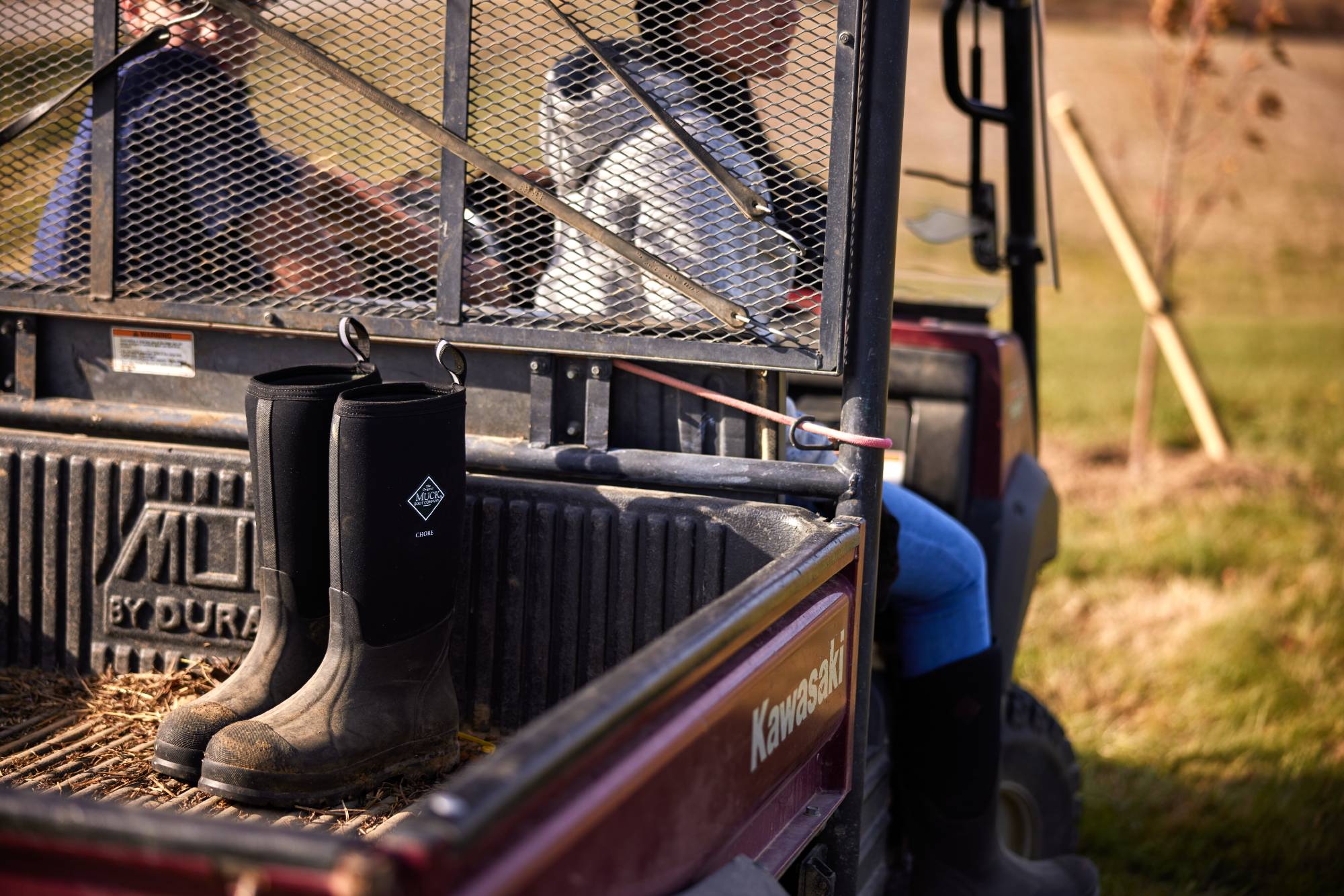All articles
From the ground up: stories, recipes, trusted gear and outdoor tips - field-tested by experts who work and live by the land.
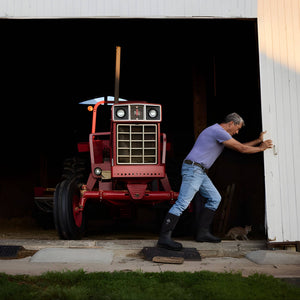
Farm

Food
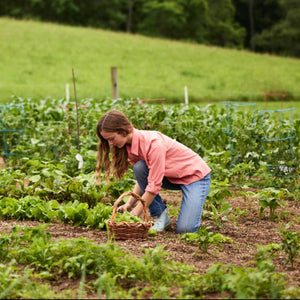
Garden
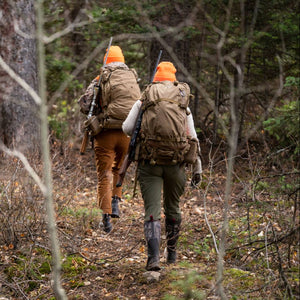
Hunt
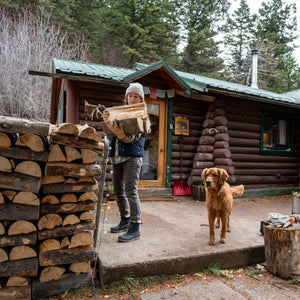
Outdoors

- Outdoors
By: The Original Muck Boot Co.
3 min
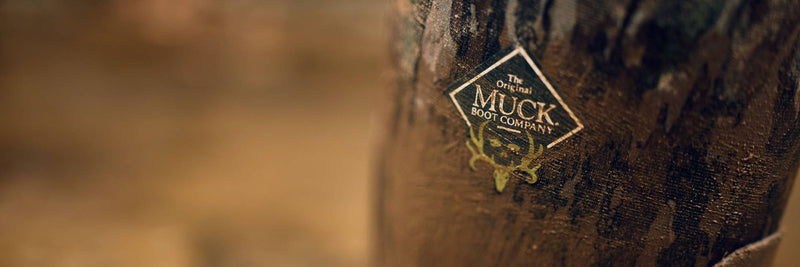
- Hunt
- Outdoors
By: Michael Waddell
2 min
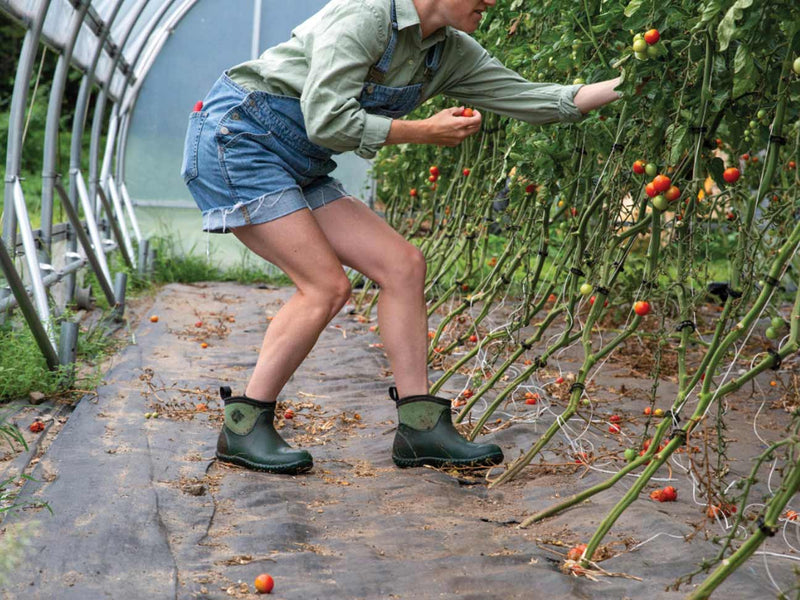
- Outdoors
By: The Original Muck Boot Company
7 min
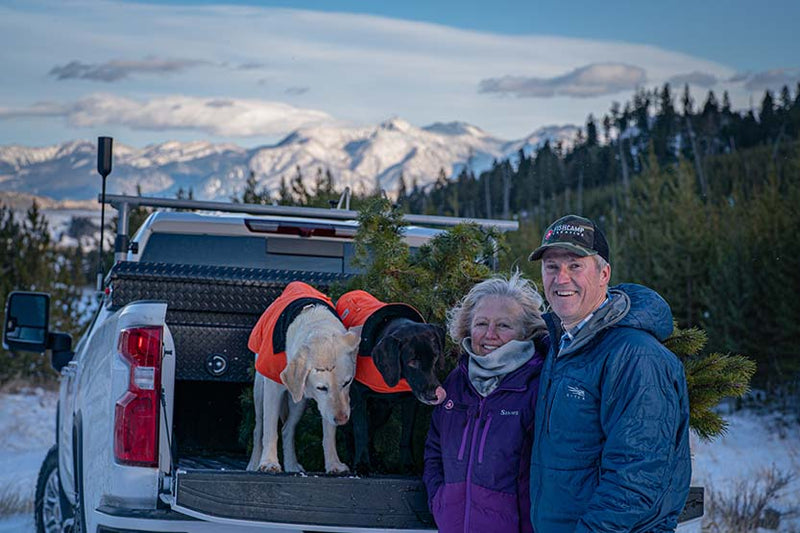
- Outdoors
By: Jody Marler
2 min
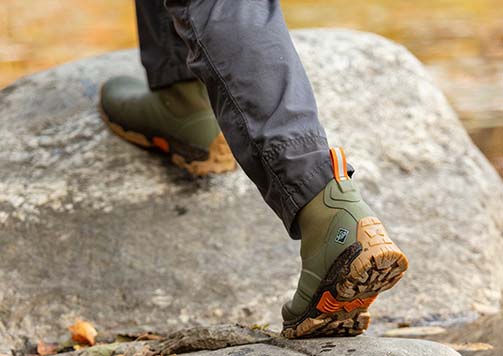
- Outdoors
By: The Original Muck Boot Company
2 min
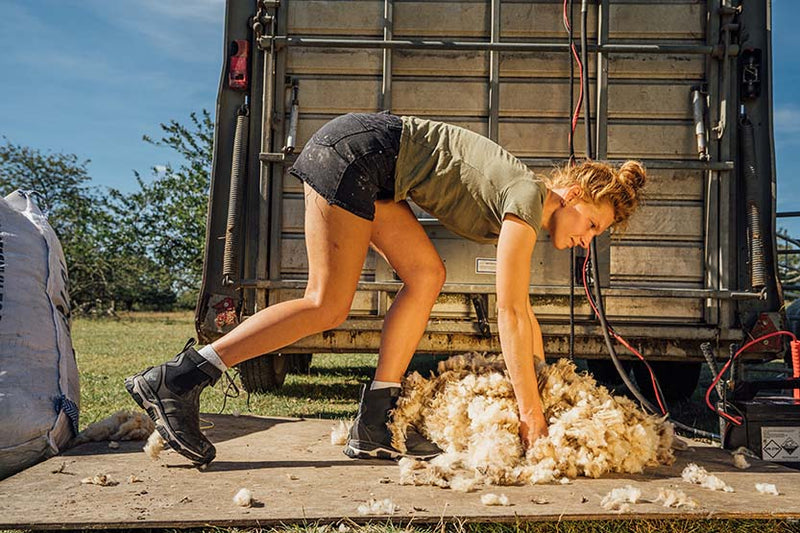
- Farm
- Outdoors
By: ZOË COLVILLE
2 min
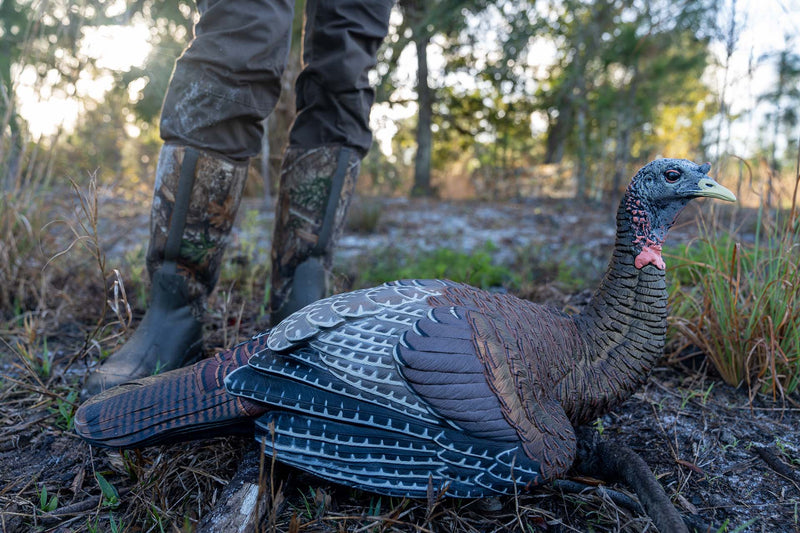
- Outdoors
By: Allie D'Andrea
3 min
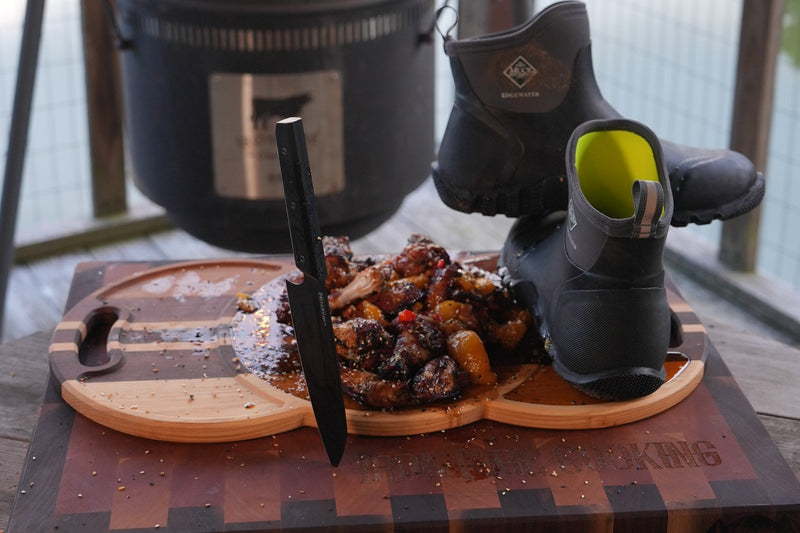
- Food
By: Ricky Albright
1 min

